Rāma Navamī
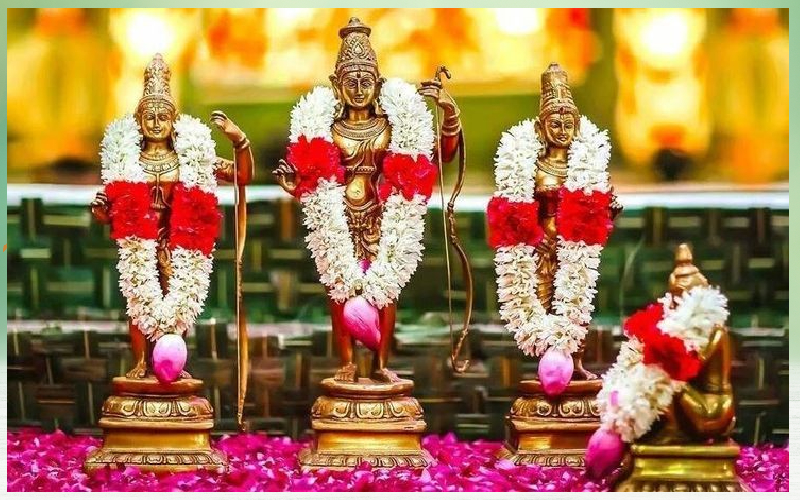 Introduction
Introduction
Almost everyone born in a Hindu household would have heard elders say ‘Aṣtamī’ & ‘Navamī’ are inauspicious to commence any work. The first person who would have uttered those words could have probably known the reason. But generation-after-generation as the belief got transferred without questioning or asking for the reason, it got vanished from our mind. We, now, ignorantly casted off the belief claiming it baseless and superstitious without proper inquiry.
The facts connected with Aṣtamī and Navamī are analyzed in this article with special reference to ‘Rāma Navamī’ and the importance of the day.
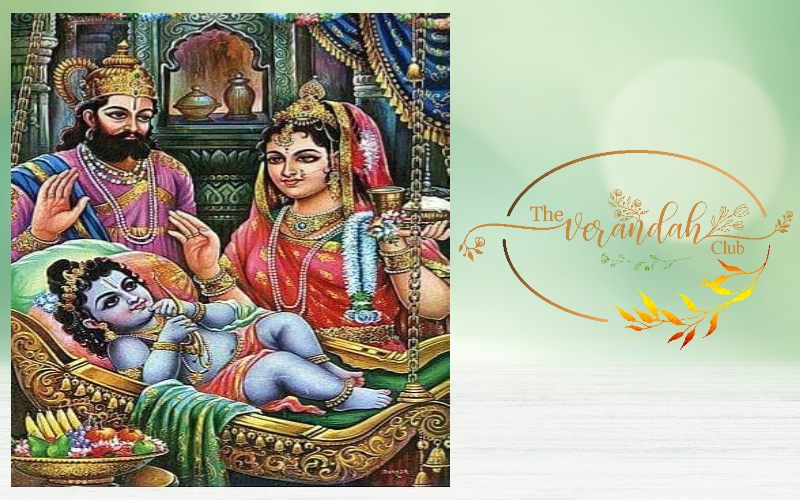
The Reason
The Vedic astrology predicts that on Aṣtamī the influence of Saturn, which is the symbol of Tamasic qualities, is more. The number associated with Aṣtamī is 8. Despite those facts, it is also evident from our scriptures that Krishna is the eighth son born on an Aṣtamī in the month of Śrāvaṇa . The astrological predictions claim that Navamī is highly influenced by the planet Mars, which is the symbol of ferociousness. One must also note that Lord Rama was born on a Navamī in the month, Caitra.
Due to the planetary influences on human beings, ideally, these two days, Aṣtamī & Navamī, are suitable for prayers, meditation and contemplation on the Supreme power, etc. and not the day of activities. Bearing this fact in mind, Rāma Navamī can be studied in detail to understand the significance, the historical importance and the legends connected with the day.
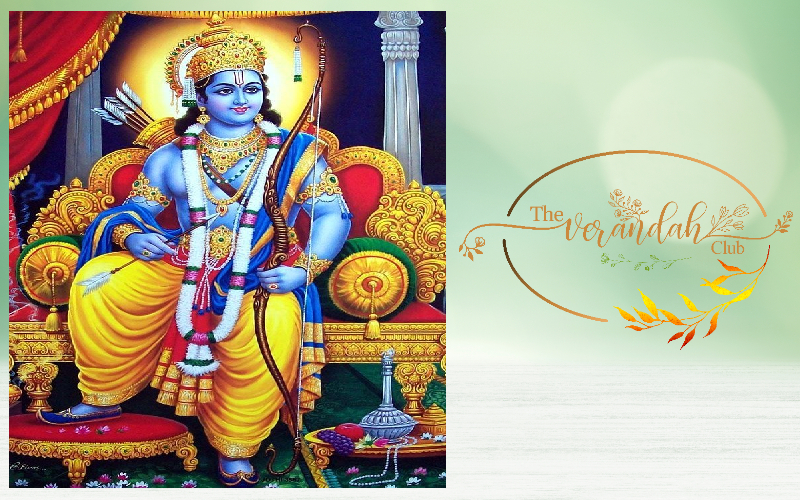
Śrī Rāma Navamī in Brief
One of the auspicious festivals celebrated throughout India is Rama Navami. The Caitra-Navamī on Punarvasu nakshatra, roughly in the month of April, is celebrated to mark the birth of the Lord. It can also be identified as the Navamī that falls on Śuklapakṣa (growth phase) in the month, Caitra. The iconic figure, Lord Rāma, is of great religious importance to the people of India and commemorating this day with prayers, Bhajana-s, Japā, meditation and contemplation of Lord Rāma who is the incarnation of Lord Viṣṇu, is said to remove Pāpā-s and Doṣa-s. He is seventh avatar of Mahāviṣṇu. Rāma Navamī is celebrated in full splendor in the Northern states of India, especially in Ayodhyā, which is considered as the birthplace of the Lord.
A Sanātana Dharmī would be familiar with the sloka,
Yadā Yadā Hi Dharmasya Glanirbhavati Bharata |
Abhyutthanaṃ Adharmasya Tadātmānaṁ Sṛjāmyahaṃ ||
Whenever there is a decay of righteousness, O Bharata,
And a rise in unrighteousness, then I manifest Myself.
As prescribed in our Ṣāstra-s and according to the verse, whenever the Dharmā is at stake and the horns of Adharmā grows, the Lord manifests himself in various forms to reinstate and establish Dharmā. In the Tretā Yugā, the Asurā named Rāvaṇā caused great destruction to the entire Jagat. This made the Lord manifest himself in the form of Lord Rāma.
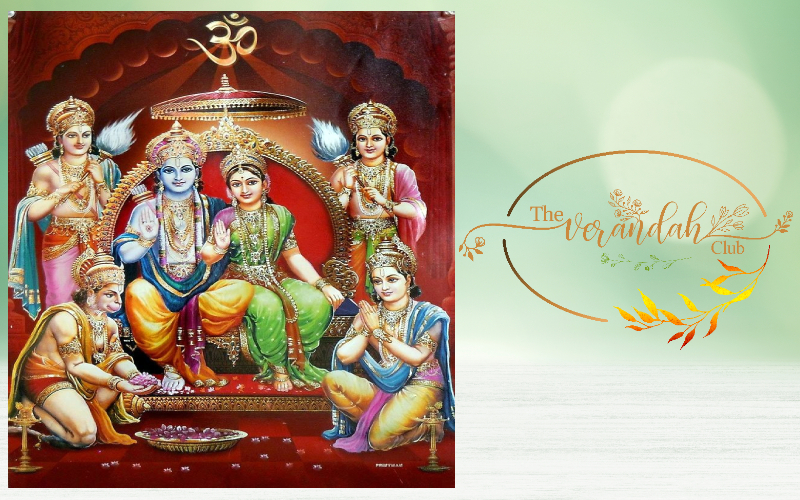
The Birth of the Legend
One of the great epics, Rāmāyaṇa was set in the Tretā Yugā. The emperor of the kingdom of Ayodhyā was Daśaratha. He had three wives named Kausalyā, Sumitrā, and Kaikeyī. The king had been upset because he had no heirs to take over him as the next king. He was then advised by the great sage of the era, Vaśiṣṭha, to perform the ‘Putrakāmeṣṭi Yagña’ to fulfil his desire to beget children. He was asked to invite Sage Ṛṣyaśṛnga to carry out the Yagña. After the Yagña was performed, the Yagñeṣwarā appeared and gave them the divine milk which was eventually distributed to his wives. They conceived soon after they drank the divine milk. On the ninth day (Navamī) of Caitra month, Kausalyā gave birth to Lord Rāma.
Lord Rāma, the seventh incarnation of Lord Viṣnu, took birth in order to destruct the Āsuric powers which were growing and to restore the Dharmā. He completely protected all his subjects from the attack of various demons and finally exterminated the Asurā, Rāvaṇa. The happiness of the subjects of Ayodhyā knew no limits that they wished to celebrate the Janma Dinaṁ of Lord Rāma every year as ‘Śrī Rāma Navamī’.
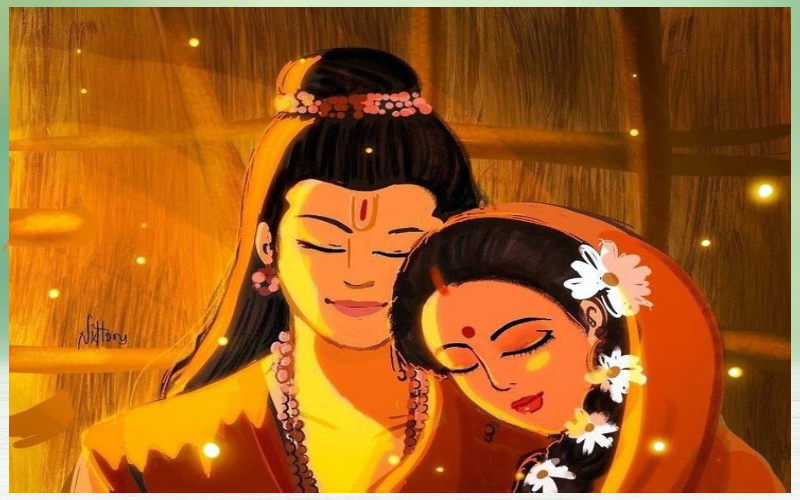
Our Part in Celebrations
The Rāma Navamī begins with the prayer to Lord Sūrya, as Rāma belonged to the clan of Sūrya and Lord Sūrya is the symbol of eternal knowledge. Then the holy bath is taken invoking all the sacred rivers of the country. Many people visit Śrī Rāma temple in their nearest locality and others take part in the processions which happens as a part of the celebrations. In South India, the ‘Rāma Navamī’ is celebrated as the marriage of the Lord with Sītā Devī. Hence, one could witness the ‘Rāma Kalyāṇaṃ’ ritual performed in a grand way.
Conclusion
Let it be the celebration of Lord Rama’s birth or the marriage of the Lord, the fundamental idea is to remind everyone to be in a contemplative mood than to involve in physical activities on all Navamī-s. Our ancestors were far careful in carving the social structure and well-being of all the people. It is in our hands to be or not to be. Let us start to analyze, rethink, and look at the philosophy behind the stories, ideals behind rituals, and the Self behind the vagaries of the world.
NEXT ARTICLE

Subramania Bharati, often referred to as Mahakavi Bharati (Great Poet Bharati), was a revolutionary poet, journalist, and social reformer whose words...
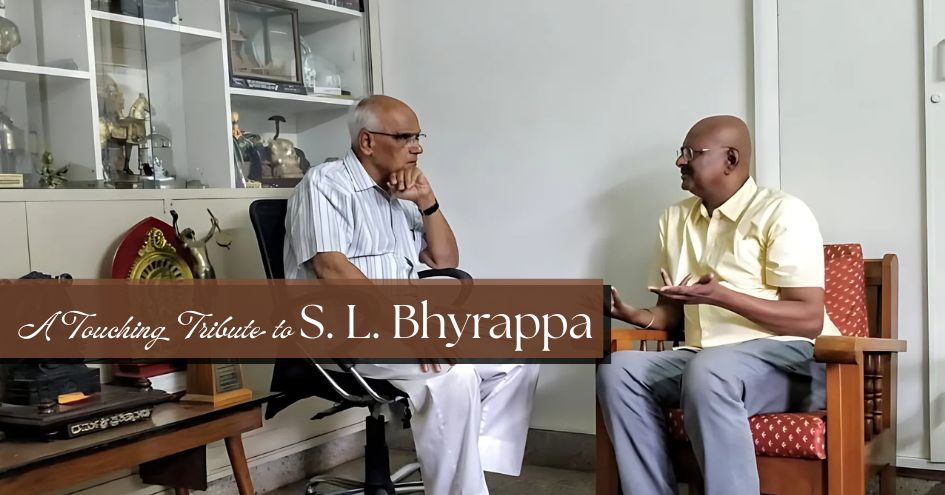
Some writers tell stories, and then there are those rare souls who hold up a mirror to our civilisation, our history, and our innermost selves. Sri Sa...